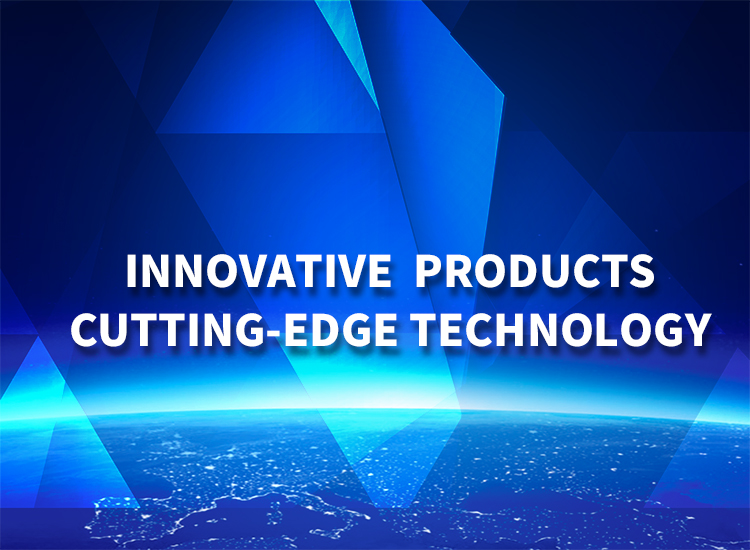欢迎您访问湖北联鸿能源科技有限公司网站,我司主营汽车蓄电池配件、工业蓄电池维护保养产品
全国咨询热线:0710-3313598


 Technology
TechnologyColloidal battery is also a kind of lead-acid battery, the improvement of the ordinary lead-acid battery with liquid electrolyte, with colloidal electrolyte instead of sulfuric acid electrolyte, so as to improve the safety, power storage, discharge performance and service life. At present, colloidal battery is widely used in power generation, communication, automobile, emergency lighting and other fields, why it is so popular? Let's analyze the technical principles of the colloidal battery and uncover its popularity.
Historical review
Lead-acid batteries have been widely used in various fields since their emergence. After the use of ordinary lead-acid battery for a period of time, the electrolyte moisture reduction leads to the change of sulfuric acid concentration, and the later water maintenance is tedious; On the other hand, the acid mist precipitation in the charging process causes certain harm to the environment and equipment. In order to lock the electrolyte firmly, the colloidal electrolyte lead-acid battery emerges as The Times require.
At first, the colloidal lead battery is made of water glass electrolyte, which is directly added to the dry lead battery, which effectively "fixed" the electrolyte and reduce the acid mist precipitation, but the battery capacity is about 20% lower, so there is no development. It was not until the 1980s that colloidal battery from German Sunshine Company was gradually introduced in our country that colloidal battery was widely concerned.
Colloidal cell definition
In general, the electrolyte is colloidal lead-acid battery is usually called colloidal battery, the simplest way is to add a gelling agent in sulfuric acid, so that sulfuric acid electrolyte into colloidal state.
The differences between colloidal batteries and ordinary lead-acid batteries, from the initial understanding of electrolyte gelling, further development to the electrochemical characteristics of electrolyte infrastructure, and application to grid and active substances. For example, the non-solidifying water-based colloid, from the electrochemical classification structure and characteristics of the colloid battery; In addition, if the polymer material is attached to the grid, commonly known as ceramic grid, it can also be regarded as the application characteristics of colloidal batteries.
Working principle of colloid battery
The basic working principle of the colloidal battery is the same as that of the ordinary lead-acid battery, but the silicon gel in the battery is a three-dimensional porous network structure composed of SiQ particle as the skeleton, which contains the electrolyte inside. When the silica sol in the electrolyte perfusion becomes gel, the skeleton further shrinks, so that the gel cracks through the positive and negative plates. It provides a channel for the oxygen precipitated from the positive electrode to reach the negative electrode. It is not difficult to see that the colloid battery and AGM battery seal working principle is the same, the difference is that the electrolyte "fixed" way and the way to provide oxygen to the negative channel is different.
Colloid battery characteristics
Ⅰ. High quality and long life
Colloidal electrolyte can form a solid protective layer around the plate, avoid plate damage due to vibration or collision, prevent plate corrosion, but also reduce the battery in the use of large load plate bending and short circuit between the plate, the service life is twice the ordinary lead-acid battery.
Ⅱ. Safety and environmental protection
Colloid battery electrolyte is solid, sealed is not easy to leak; In the process of use, no acid mist precipitation, no electrolyte leakage, no pollution to the environment. Colloidal batteries have strong electrical storage capacity, and colloidal batteries are usually used to store electricity in common solar street lamps
Ⅲ. Strong circulation of deep discharge
Deep discharge after the colloid battery timely replenishment of the case of capacity can be 100% charged, to meet the needs of high frequency, deep degree of discharge.
Ⅳ. Strong temperature adaptability
Because sulfuric acid electrolyte exists in colloid, its internal resistance is slightly larger, but at low temperature colloid electrolyte internal resistance changes little, so its low temperature start-up performance is good, can be used in the temperature range of -40℃--65℃.
Ⅴ. Less self-discharge and storage time
The colloidal electrolyte can inhibit the water diffusion and the spontaneous reduction of PbO during the cathode reduction, and the self-discharge is less. Good resistance to plate acidification and reduce grid corrosion ability, stored at 20℃ room temperature for 2 years, can be put into operation without charging.